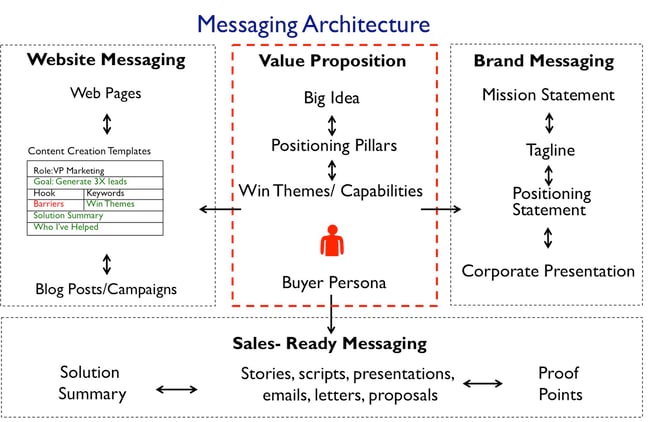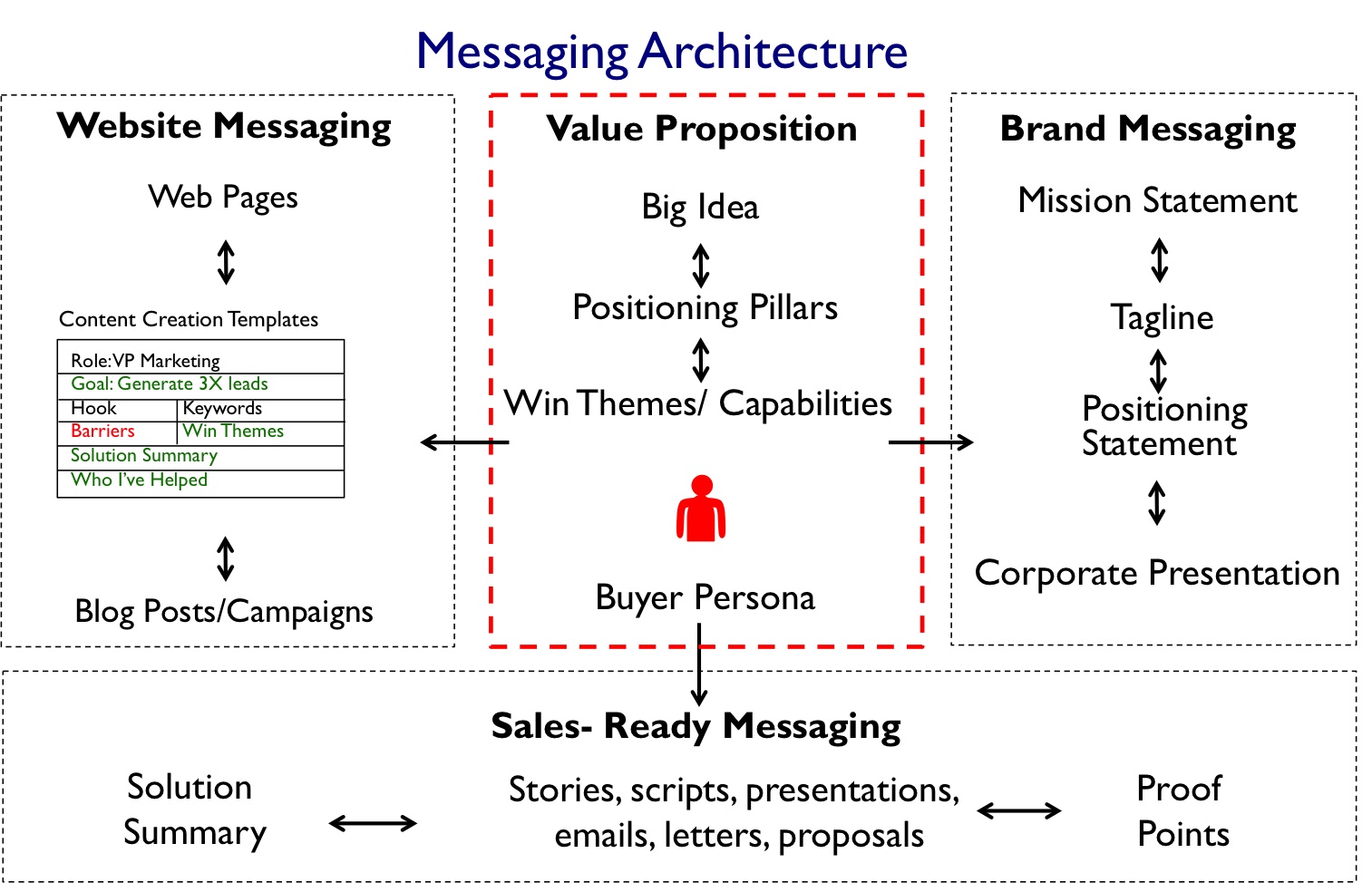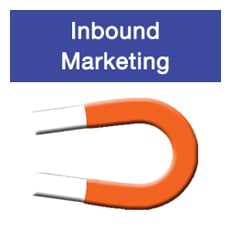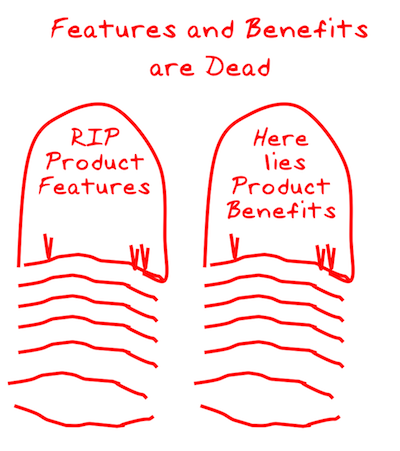A Messaging Architecture Captures your Value Proposition
In the dot.com boom and Outbound Marketing World of just a few years ago, marketing, advertising and branding agencies engaged well funded startups in positioning and branding exercises and at the same time relieved the investors and company of a lot of cash.This sort of top-down branding went hand in hand with lavish launch parties and first-mover takes all mentality that fueled the dot.com boom and subsequent bust.
Driving eyeballs was what mattered and often the brand message was disconnected from the underlying value of the products and the sales team's ability to articulate it in conversation with buyers.
It is difficult to imagine spending lavish sums on branding, positioning and advertising in today's Inbound Marketing, lean-startup World, where every dollar spent is closely scrutinized and analyzed for ROI, and where it is recognized that B2B brands are built over time, based on customer success.
To me it seems obvious that the branding should be based on the value the company creates for customers and we can capture this information through a careful analysis of how customers use the products/services.
Brand Positioning
What matters in messaging is connecting your brand and positioning message with the most visceral value-creation proposition for each interested group of buyers in your prospect universe. Al Reis in the book "Positioning" suggests rather than try and create something new and different in the mind of the buyer, we need to manipulate what is already there and re-tie the connections that already exist.Brand Messaging Process
A methodology for messaging value is built from the bottom-up, based on connecting value-creation to buyer-needs rather than a top-down "Mad-Men" view of the World into the reality of selling products/services...we have tried both approaches and bottom-up works best.
- Start your journey to clarity in messaging value with a sales and marketing messaging alignment workshop. The output of this process is Messaging Architecture that will help marketers and salespeople position capabilities and engage buyers in conversations around their problems vs. the product features.
- Identify your buyer-persona's and their roles, goals, issues and problems that your products/services can address
- Next, map your relevant capabilities that can help buyer persona's solve their problems
- Group Win-themes into logical clumps and abstract the positioning pillars to create clarity in positioning vs competition.
- At this point we will have enough information to create visual confections and visual stories that salespeople can use to engage buyers in conversation around their issues.
- With the Value Proposition in place, the Brand Message including mission-statement, tagline, corporate positioning and corporate presentation (visual confection) can easily be derived.
- Content Creation Templates are used to develop consistent content across the company for both blogging and Website content by insiders as well as external writers, by extracting win themes and buyer persona issues and appropriate keywords.
- Create a "Mission Statement" that helps employees connect their daily toil with company vision, revenue, profit and customer satisfaction goals.
- Create a positioning statement that identifies the market segment you wish to occupy in the mind of the buyer and why your product/service is different and valuable.





